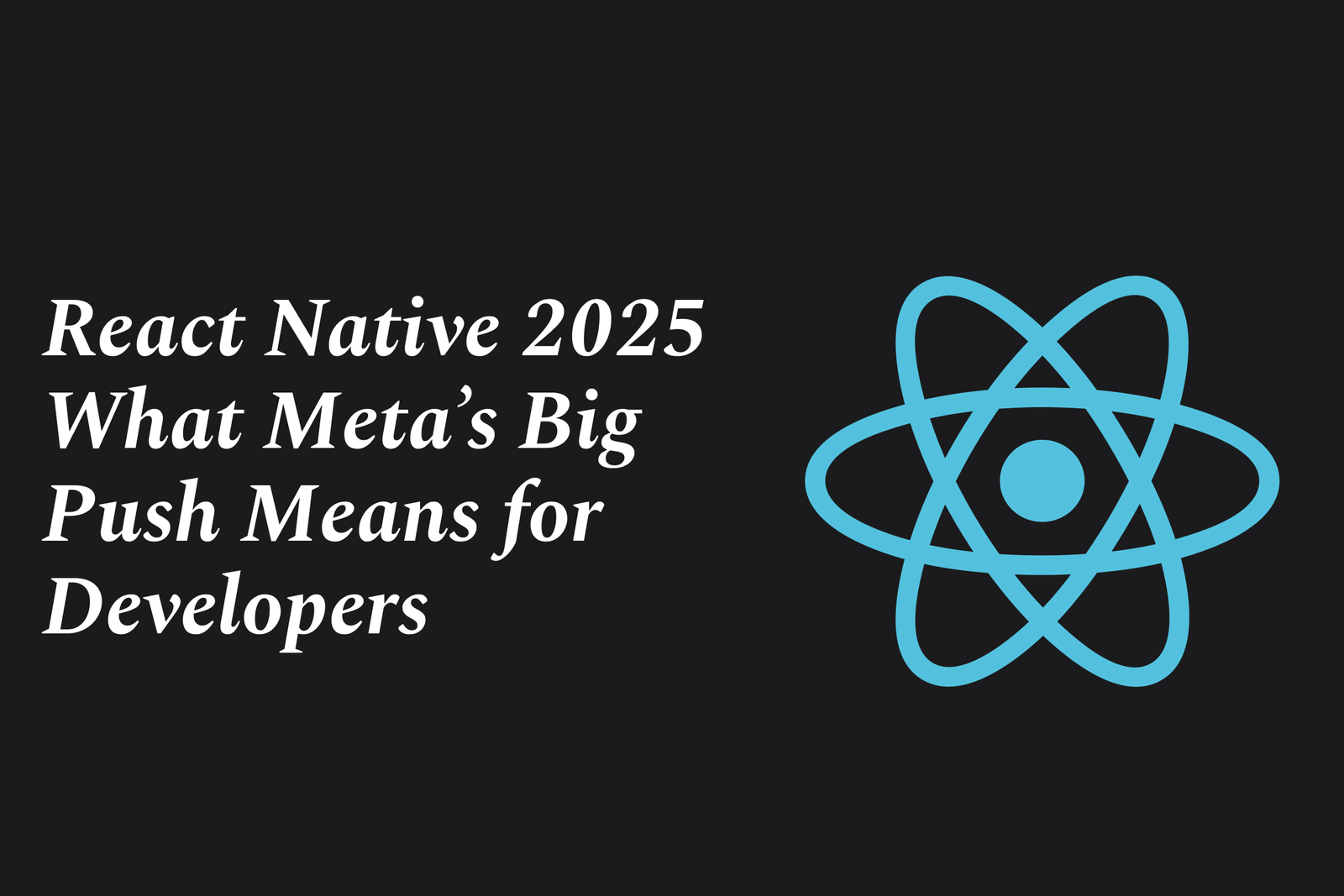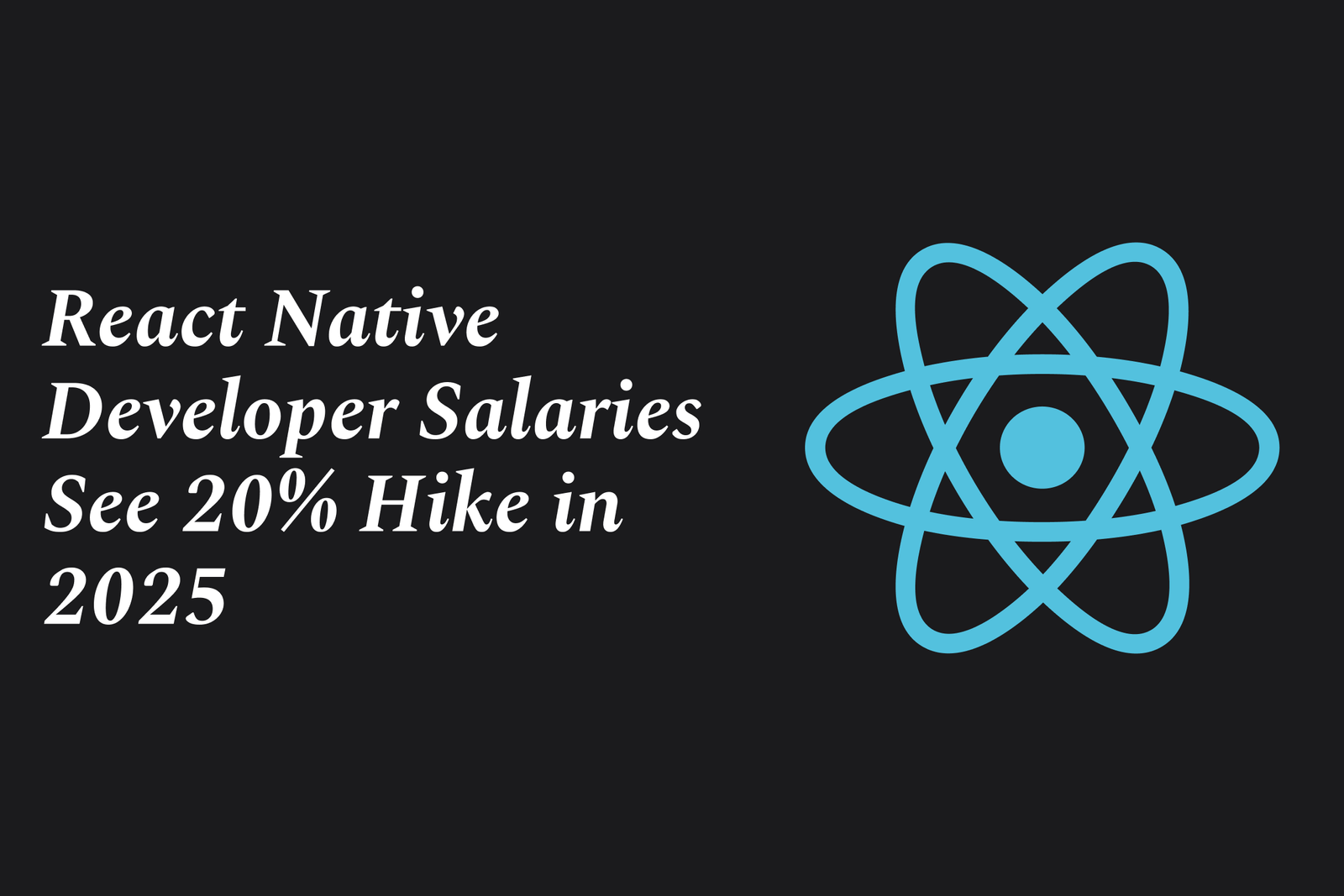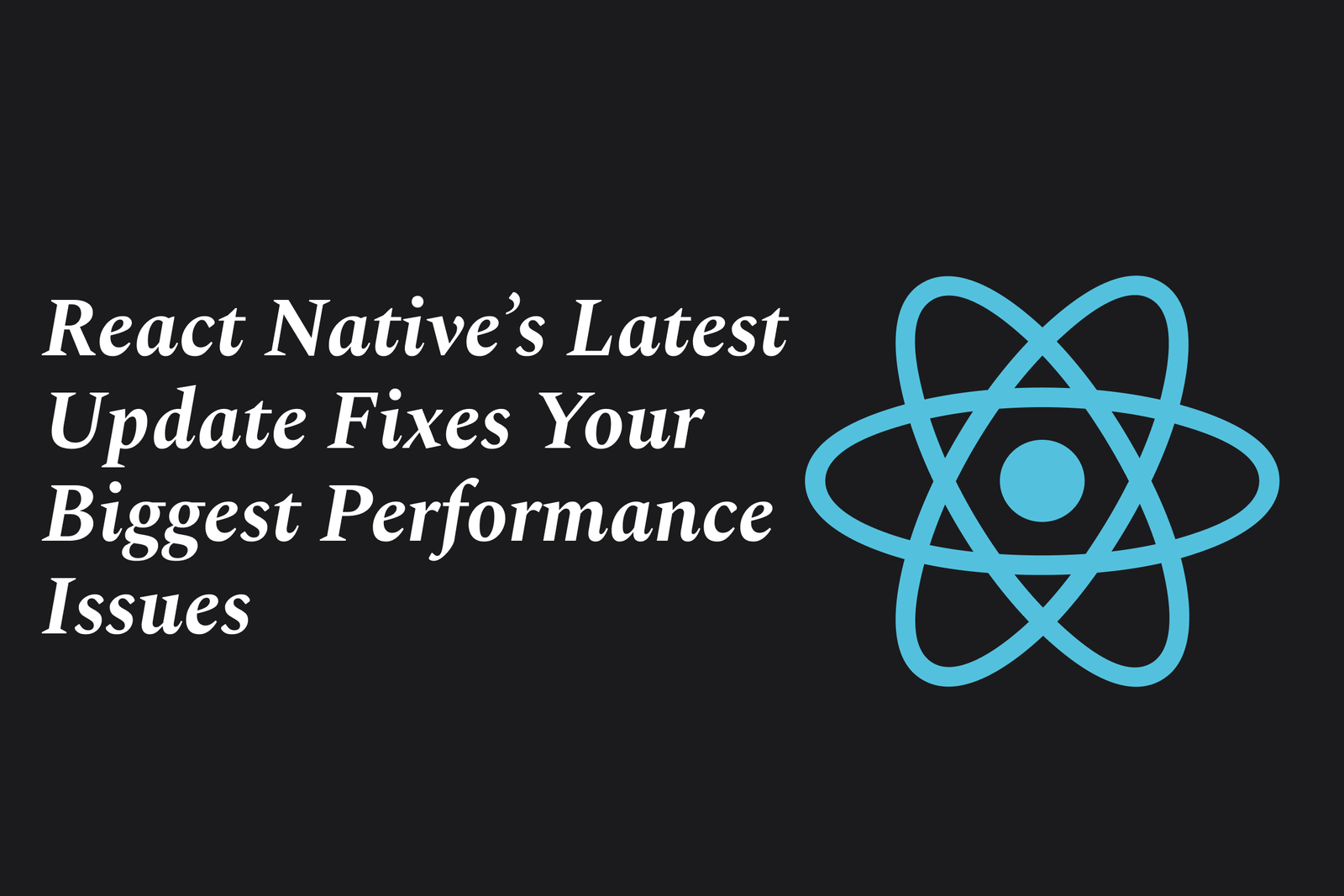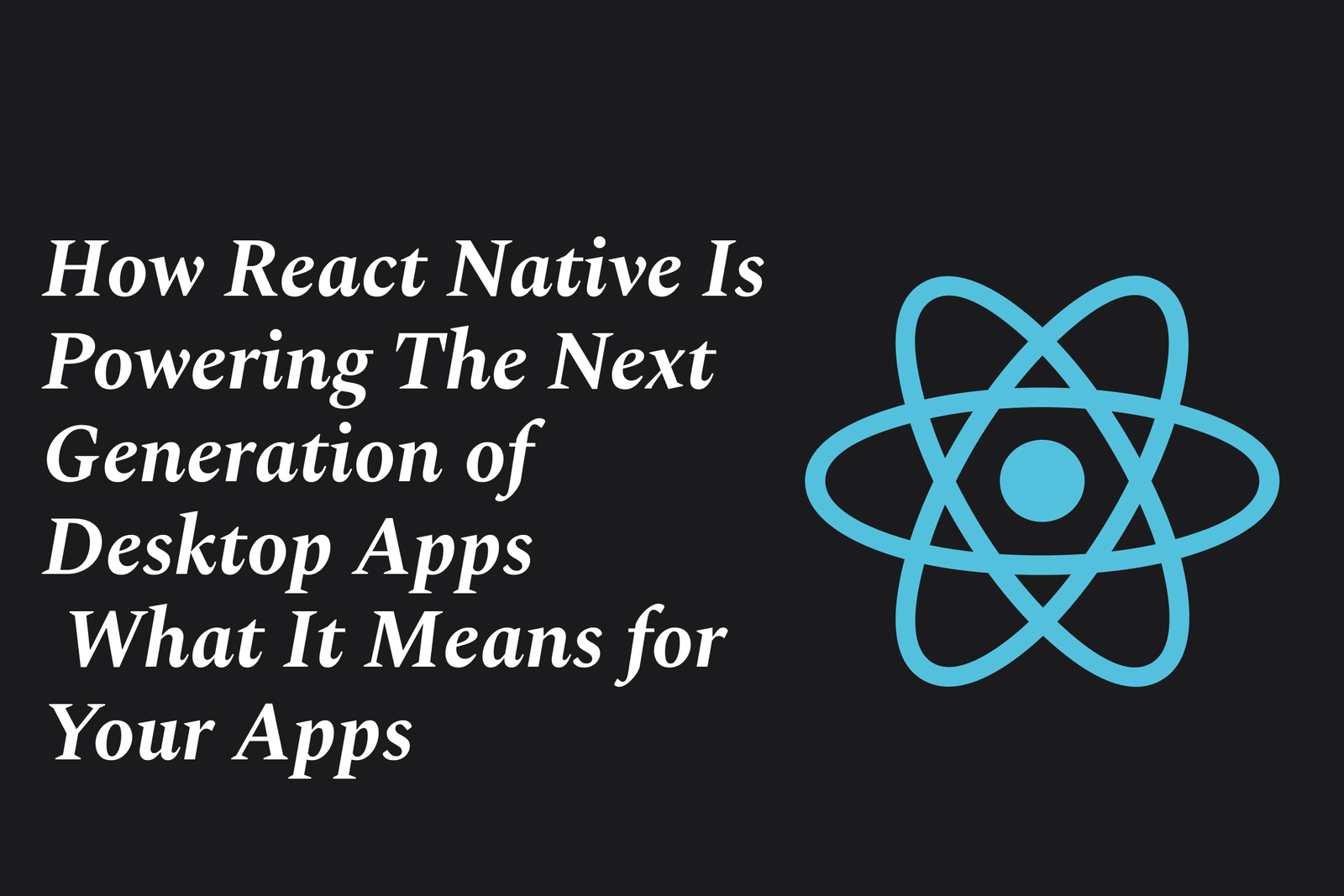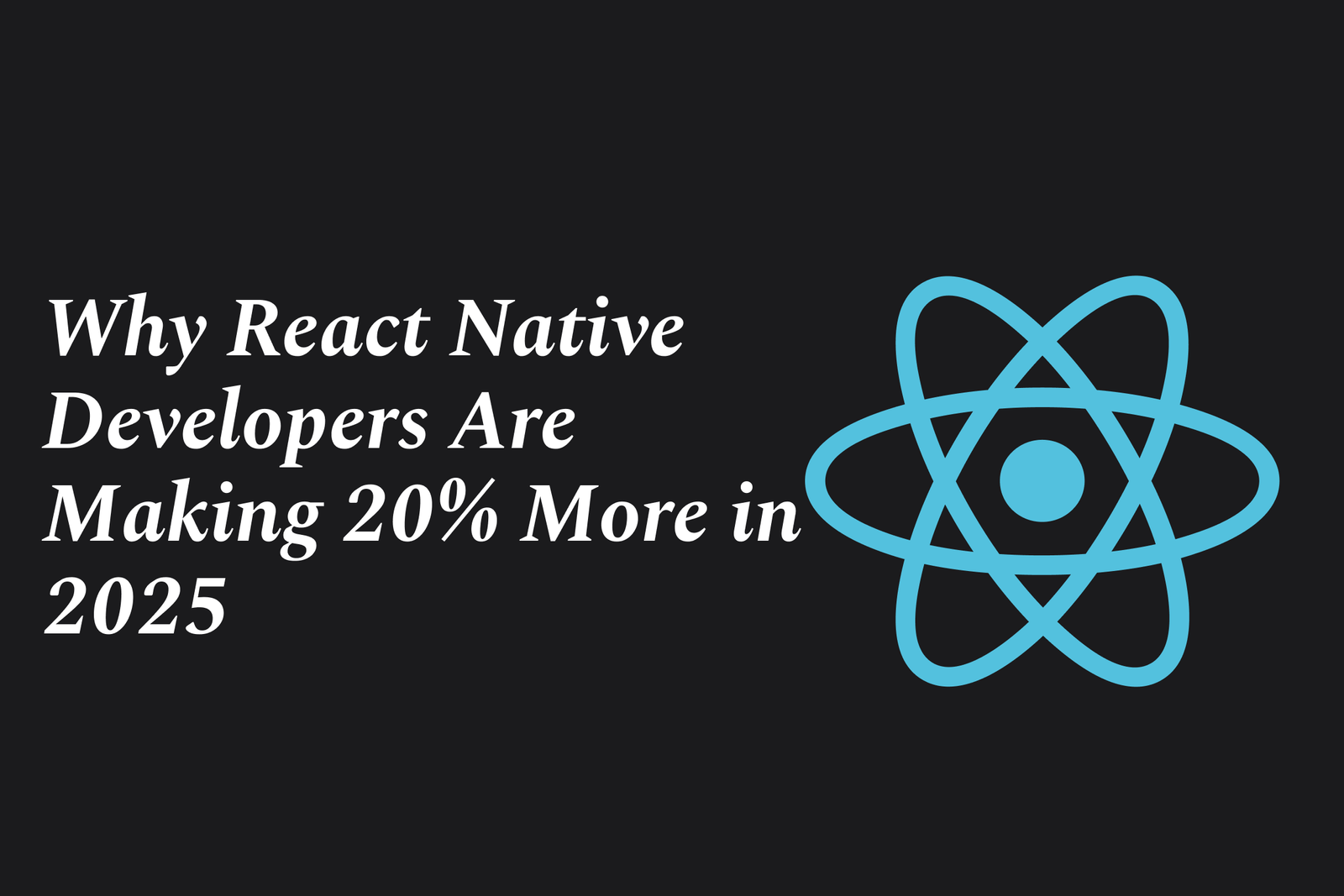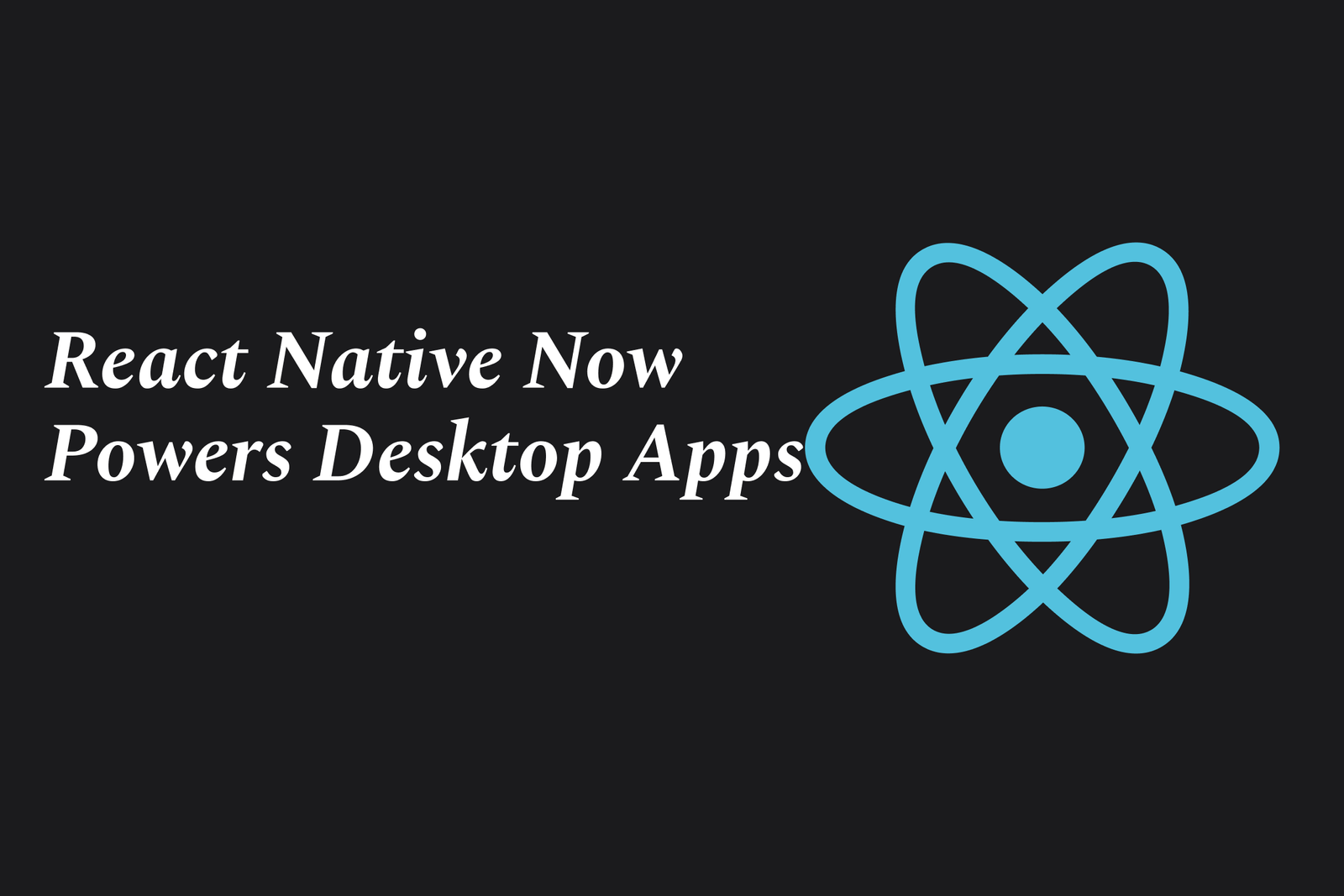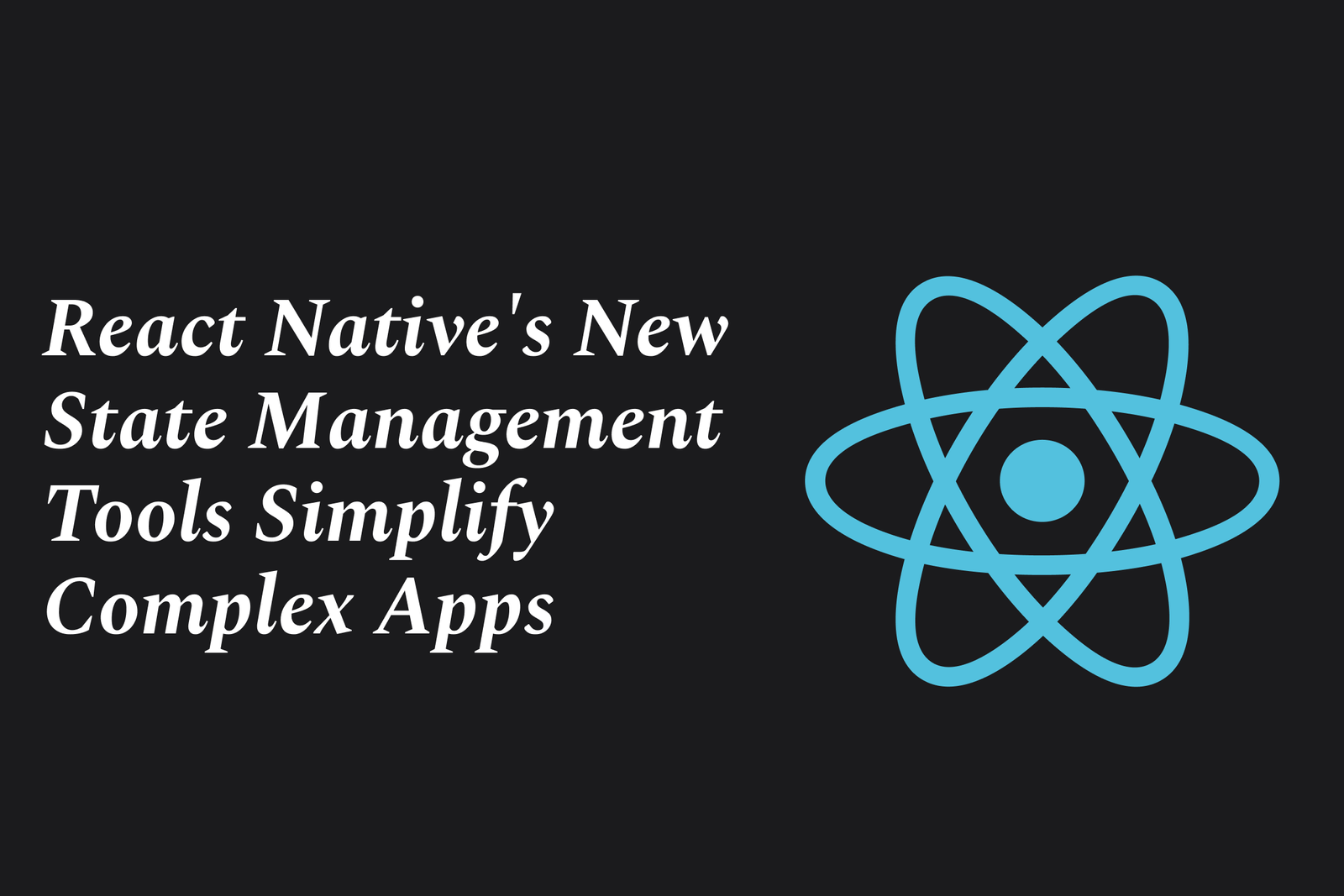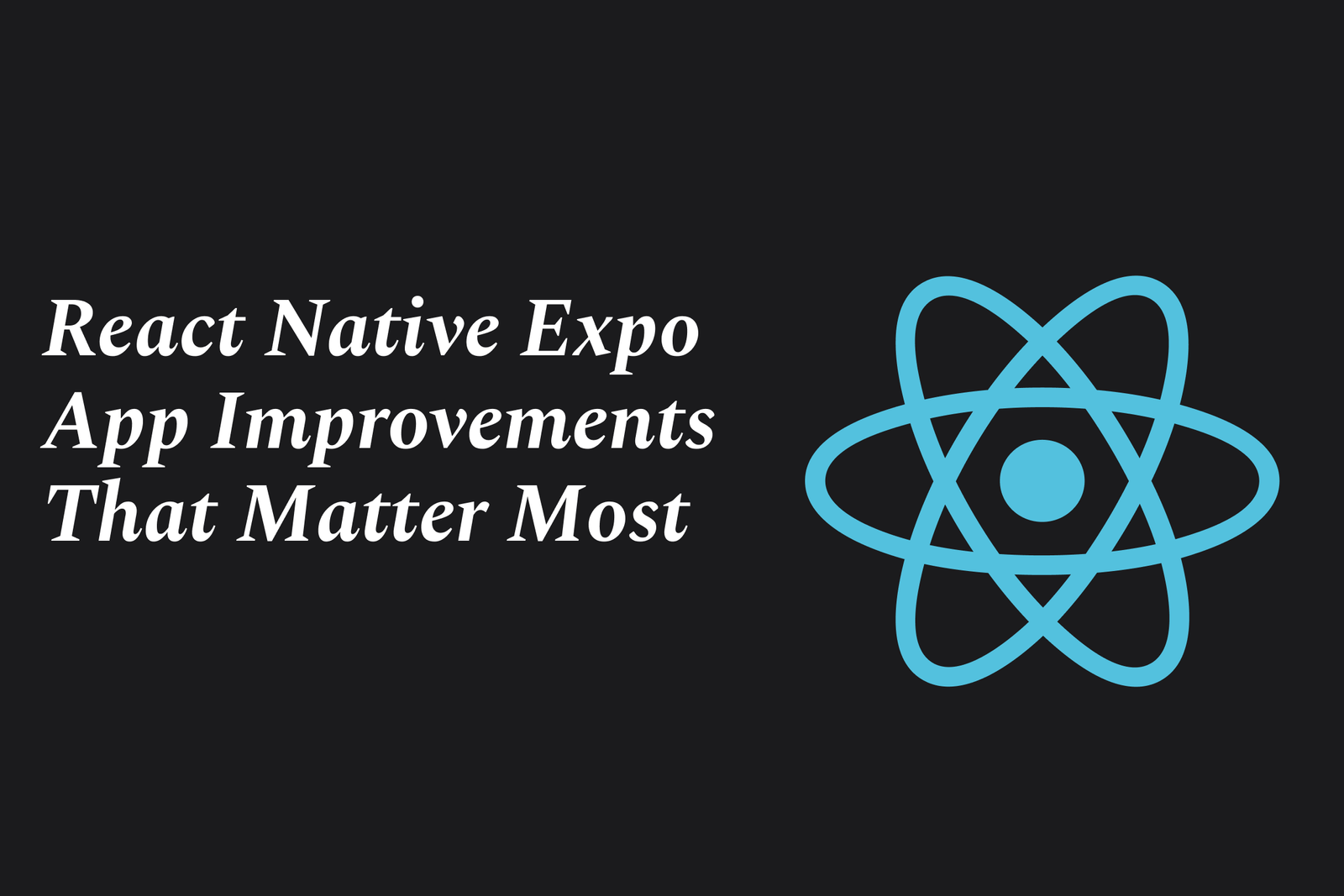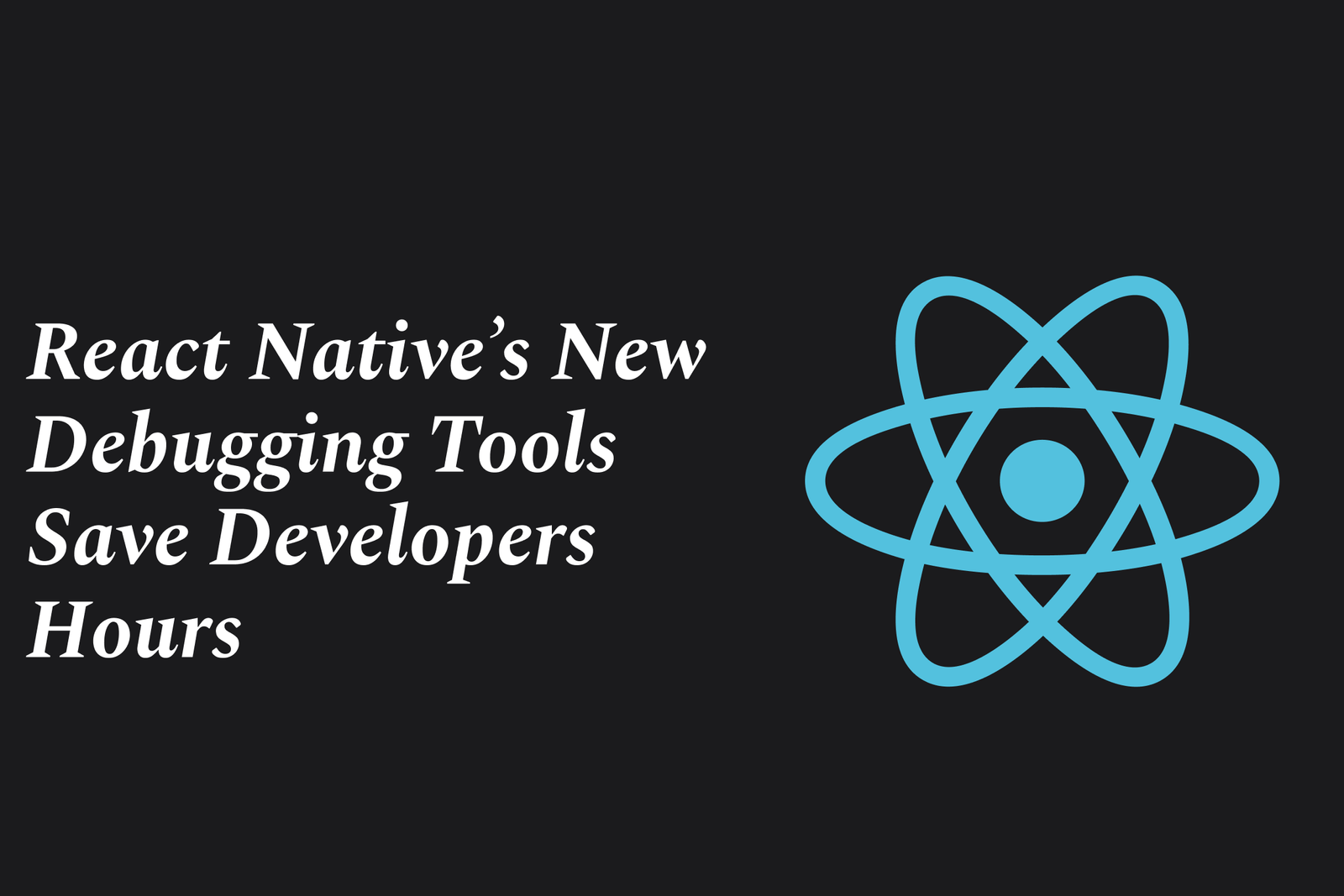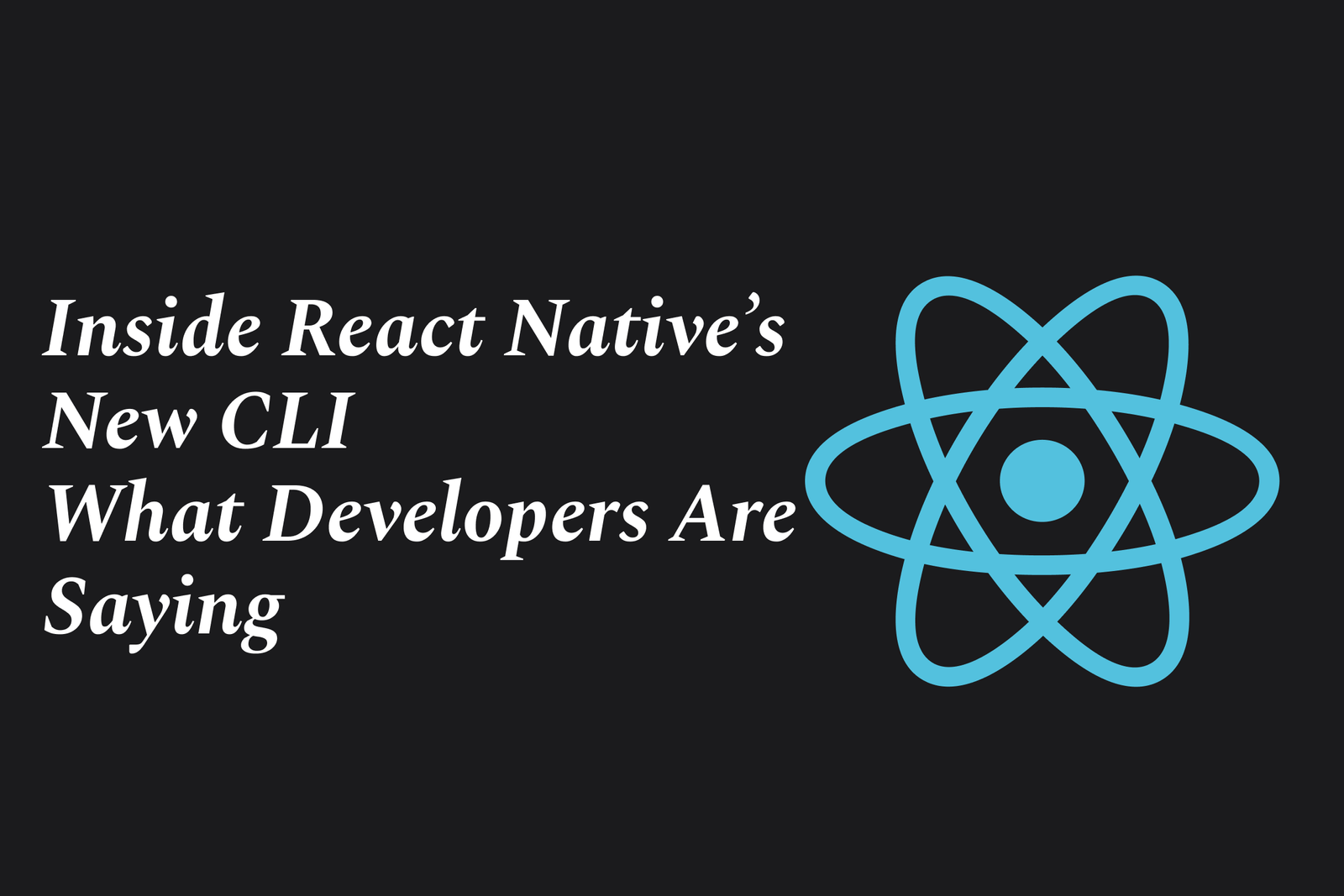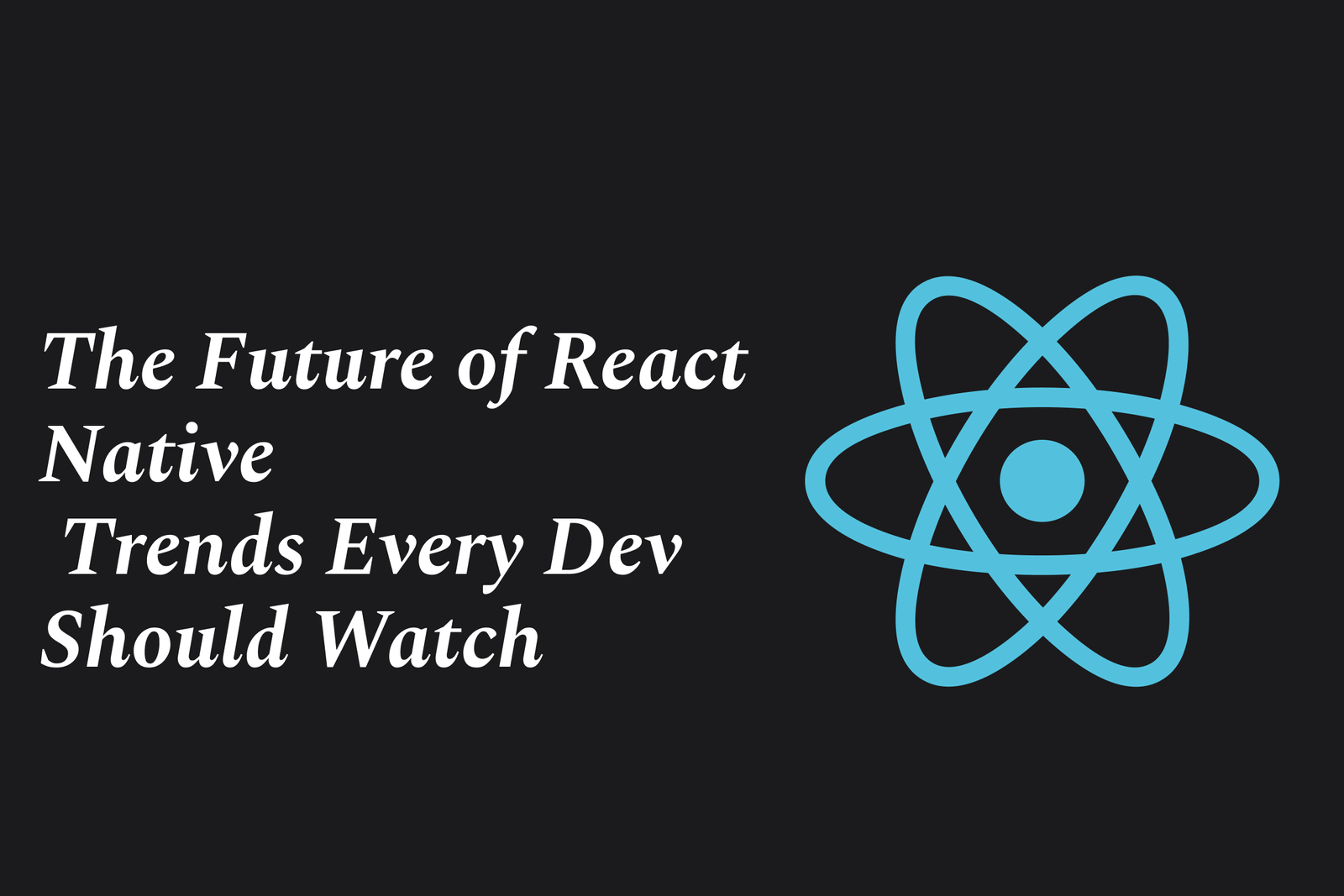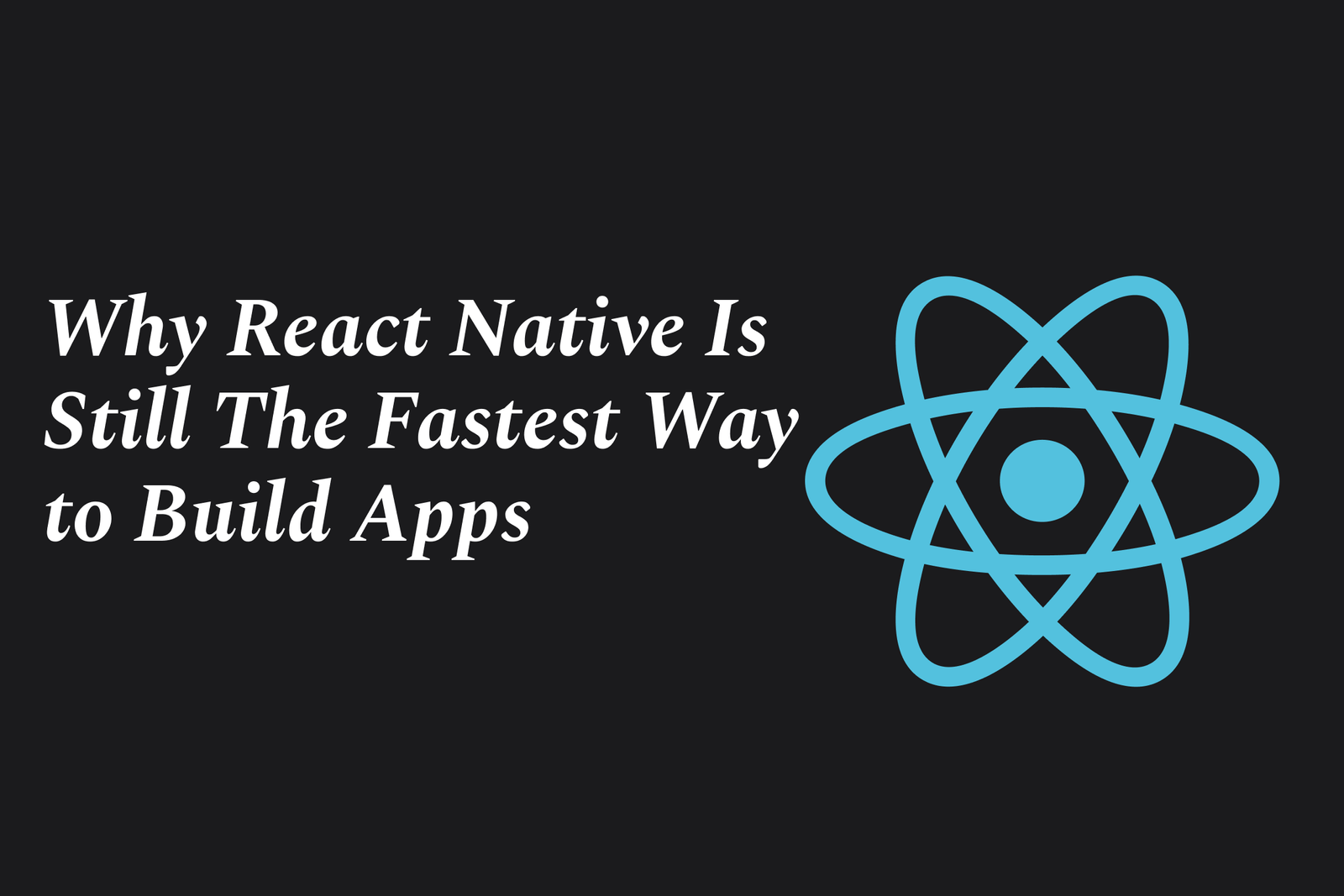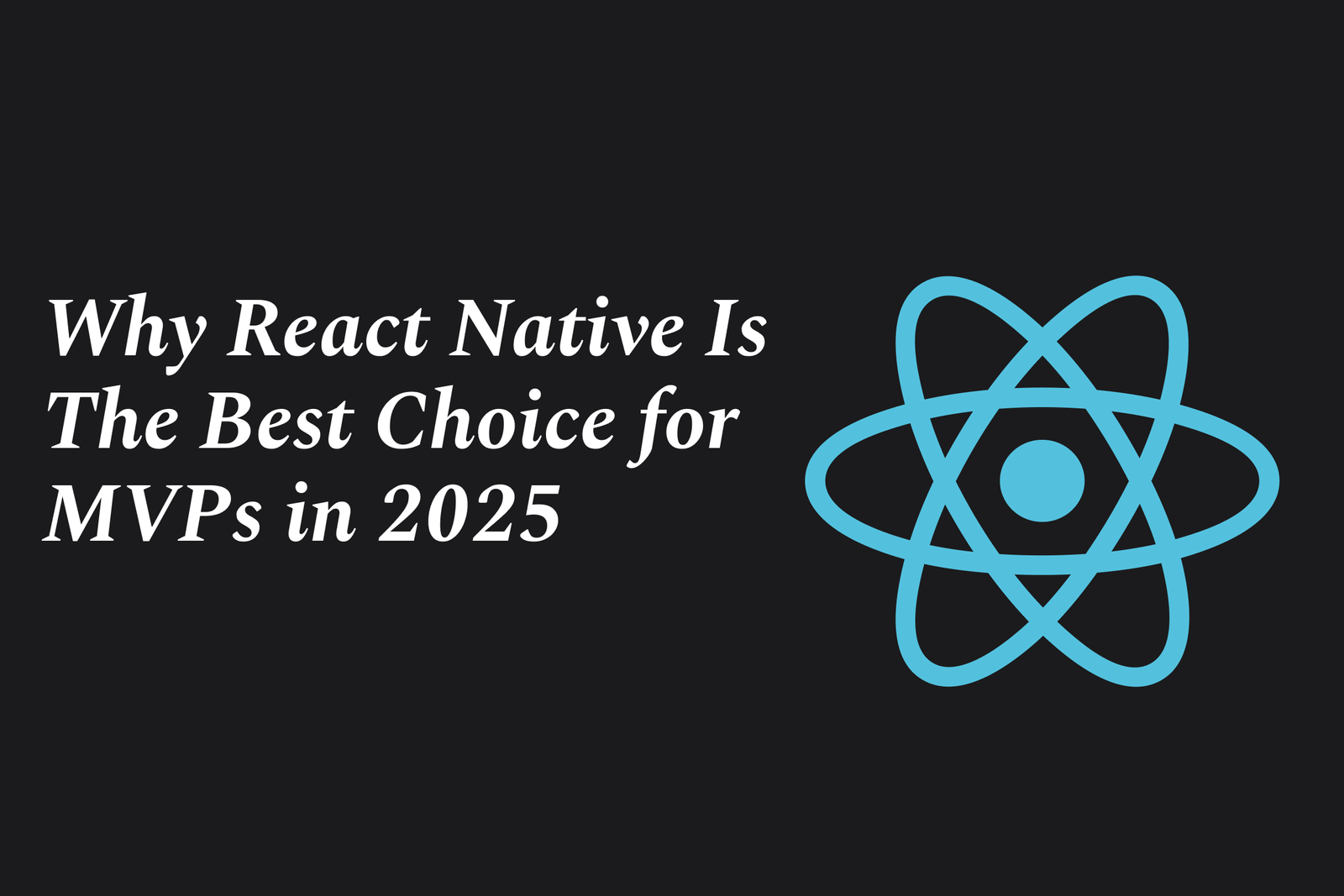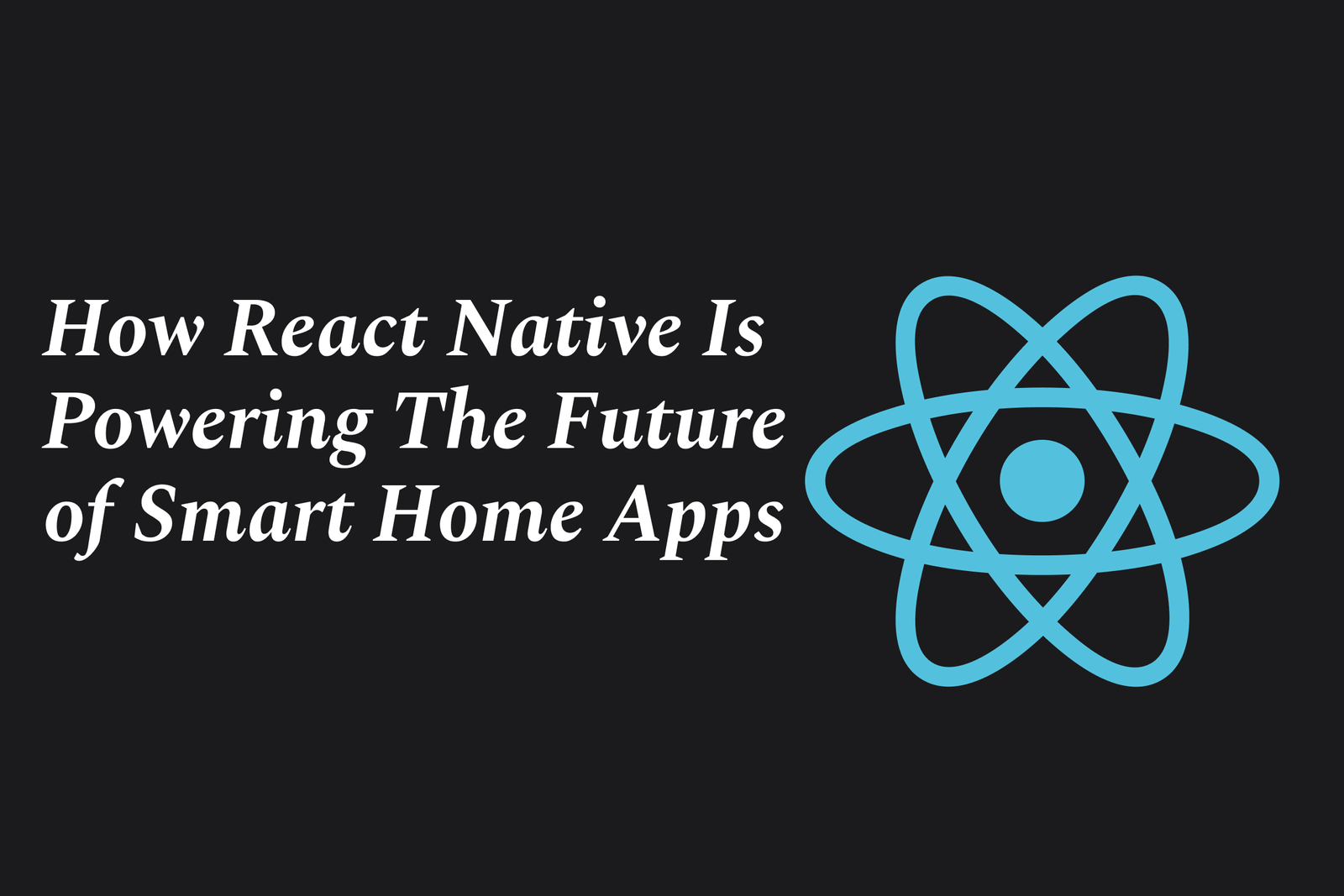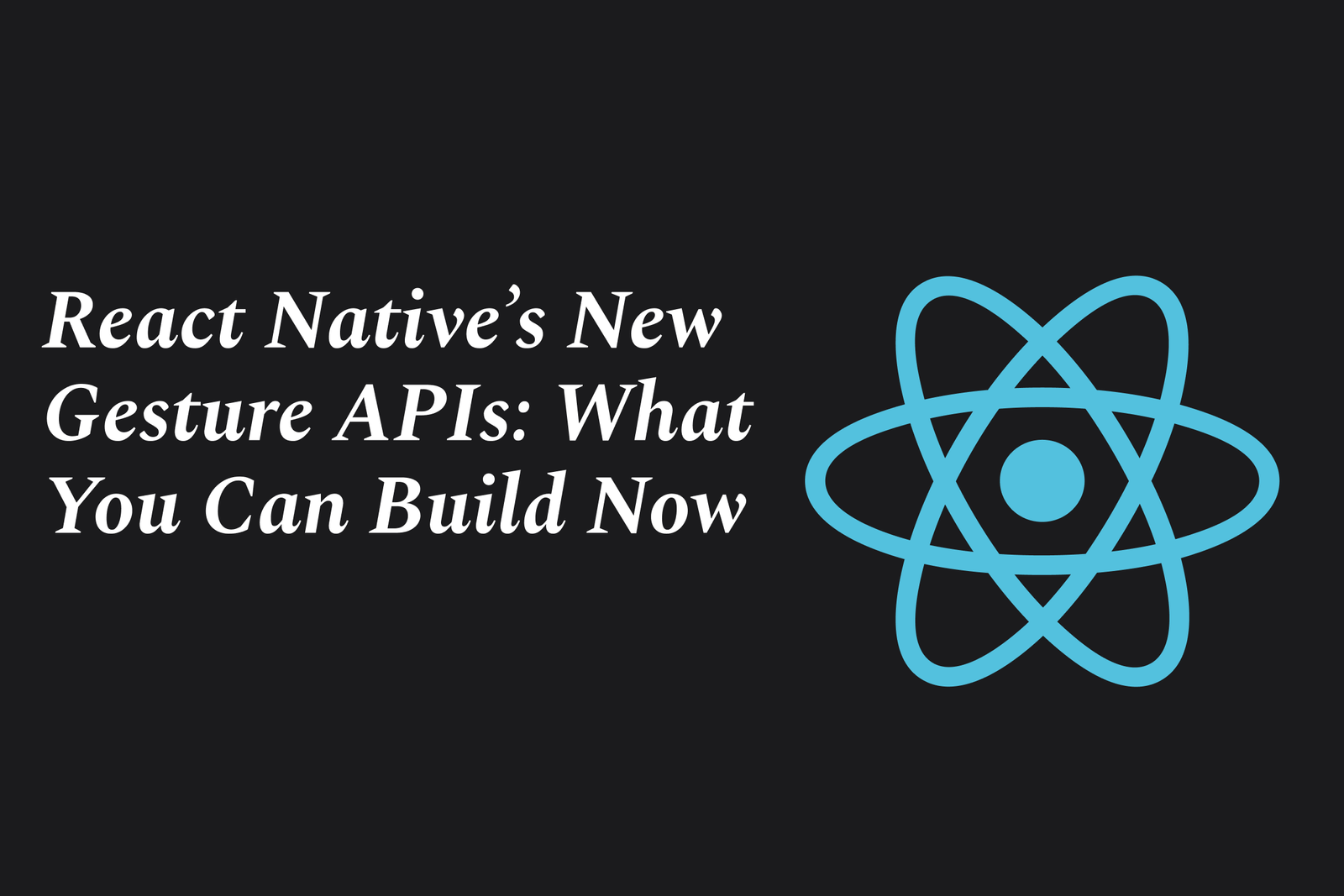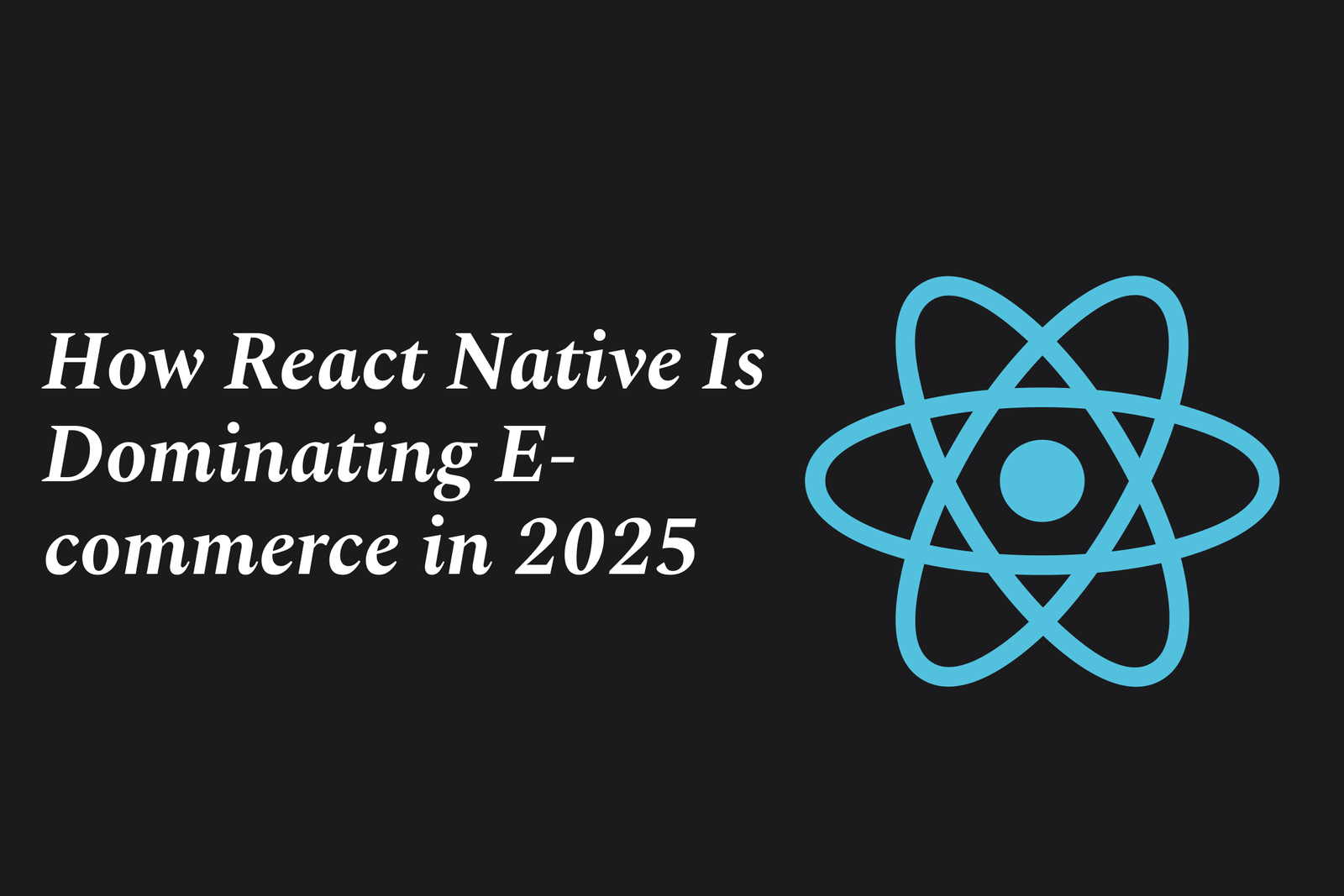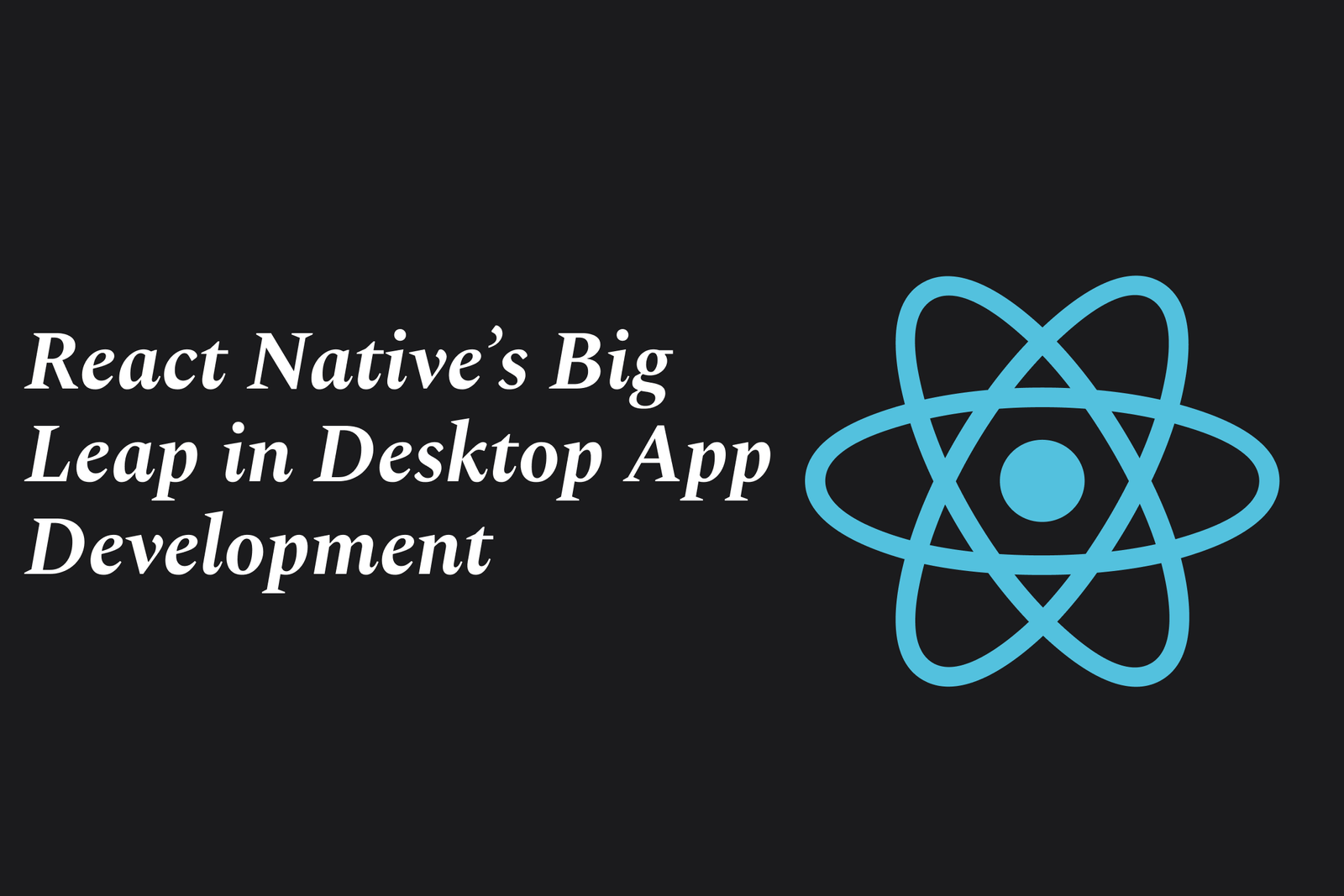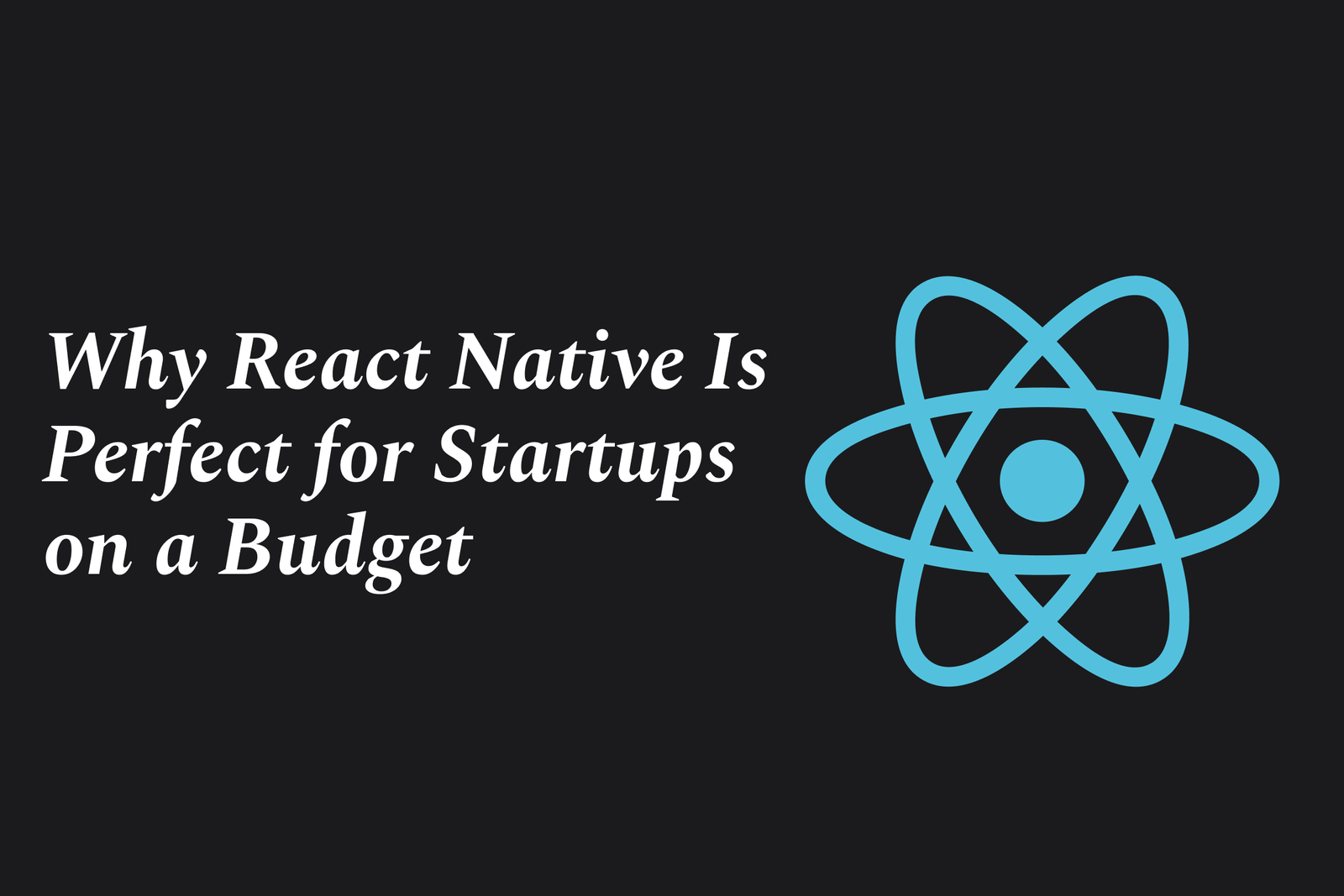React Native 2025: What Meta?S Big Push Means For Developers
React Native 2025 marks Meta’s major push to modernize the framework with a New Architecture focused on performance, stability, and seamless React integration, offering developers a faster, smoother cross-platform experience and stronger long-term support for mobile app development.
Learn MoreReact Native Developer Salaries See 20% Hike In 2025
React Native developer salaries are set to rise by 20% in 2025, reflecting growing demand for skilled mobile app developers. Experienced professionals, especially those with 4+ years in established firms, can expect substantial pay hikes despite tax impacts on take-home income.
Learn MoreReact Native?S New Module System Will Change How You Code
React Native’s New Module System, introduced in version 0.76, modernizes native module integration with a type-safe, declarative approach and code generation, boosting performance and easing development by reducing boilerplate and enabling faster, more reliable cross-platform coding.
Learn MoreHow React Native is Powering the Next Generation of Desktop Apps
React Native extends beyond mobile to power next-gen desktop apps by enabling cross-platform development with reusable components, seamless integration with tools like Electron, and native-like performance, making desktop app creation faster, efficient, and scalable for modern user experiences.
Learn MoreWhy React native developers are making 20% more in 2025
React Native developers are earning 20% more in 2025 due to soaring demand for efficient cross-platform apps, mastery of evolving tools, and the framework’s cost-saving benefits. Their skills enable faster, high-quality apps across industries, boosting their market value and salary.
Learn MoreReact Native Now Powers Desktop Apps
React Native now powers desktop apps on Windows and macOS, enabling developers to build high-performance, native-feeling applications using JavaScript/TypeScript. It combines code sharing across platforms with native UI and APIs for seamless desktop experiences.
Learn MoreReact Native vs Flutter 2025: The Battle Heats Up Again
In 2025, the React Native vs Flutter battle intensifies as both frameworks evolve, offering powerful cross-platform app development. Flutter excels in performance and UI consistency, while React Native leads in ecosystem maturity and JavaScript integration, making the choice project-driven.
Learn MoreReact Native's New State Management Tools Simplify Complex Apps
React Native's new state management tools streamline handling complex app data by offering simpler, more efficient solutions that reduce boilerplate code, improve performance, and enhance scalability, making it easier for developers to build and maintain robust mobile applications.
Learn MoreHow React Native is Powering the Future of Smart Home Apps
React Native powers the future of smart home apps by enabling fast, cross-platform development with real-time device monitoring, seamless integration, and intuitive interfaces. Its flexibility supports diverse smart devices, enhancing energy management and user control across multiple platforms.
Learn MoreReact Native Expo Bare Workflow: what you should know
The React Native Expo Bare Workflow gives developers full native project control by ejecting from Expo’s managed environment. It enables custom native code integration but requires manual setup and maintenance of iOS & Android projects, ideal for advanced apps needing native features.
Learn MoreReact Native?S New Debugging Tools Save Developers Hours
React Native’s new debugging tools—such as Fast Refresh, LogBox, and enhanced console notifications—streamline error detection and code testing, significantly reducing reload times and simplifying troubleshooting, ultimately saving developers hours during app development.
Learn MoreInside React Native?S New CLI: What Developers Are Saying
React Native’s new CLI offers a streamlined, modern toolset that simplifies app setup, enhances native integration, and boosts developer productivity. Developers praise its improved workflows and faster refresh, though some note a slight learning curve for newcomers.
Learn MoreThe Future of React Native: Trends Every Dev Should Watch
The future of React Native is set to transform mobile development with trends like serverless architecture, AI/ML integration, and enhanced cross-platform capabilities. Developers should watch these advances to build faster, smarter, and more cost-effective apps in 2024 and beyond.
Learn MoreReact Native Expo App Improvements That Matter Most
Expo’s latest React Native update brings key improvements like React Native Skia for smooth 2D animations, FlashList for faster list rendering, and upgrades to React Native 0.69 & React 18—boosting app performance, visuals, and developer experience significantly.
Learn MoreReact Native Expo SDK: What?S Coming Next?
The React Native Expo SDK is evolving to boost developer productivity with seamless upgrades, expanded native APIs, and enhanced tooling. Upcoming updates focus on smoother build processes, improved app deployment, and richer features, making mobile app development faster and easier.
Learn MoreReact Native and AI: The Next Big Thing in App Development
React Native enables cross-platform native app development using JavaScript, and its integration with AI—especially intelligent agentic AI—is revolutionizing app creation by delivering smarter, adaptive, and personalized user experiences, marking the next big leap in app development.
Learn MoreReact Native?S Secret Sauce For Lightning-Fast Startups
React Native’s secret sauce for lightning-fast startups is its ability to enable rapid, cost-effective development of high-performance mobile apps with a single codebase for iOS and Android, accelerating time-to-market while maintaining a native-like user experience and seamless scalability.
Learn MoreReact Native?S New Gesture APIs: What You Can Build Now
React Native’s new Gesture APIs, powered by Reanimated 2, enable developers to build smooth, high-performance gestures and animations that run on the native UI thread, allowing for responsive, complex interactions like swipes, drags, and pinch-to-zoom with minimal lag on both iOS and Android.
Learn MoreHow React Native is Dominating E-commerce in 2025
In 2025, React Native dominates e-commerce by enabling fast, cost-effective cross-platform app development with near-native performance. Its vast ecosystem, seamless UI, and quick iteration empower businesses to deliver engaging, scalable shopping experiences across iOS and Android efficiently.
Learn MoreHow React Native Apps Handle Offline Mode Like Pros
React Native apps handle offline mode like pros by detecting connectivity changes, caching data locally, queueing actions performed offline, and syncing seamlessly when online—using tools like react-native-offline and smart state management for a smooth, reliable user experience.
Learn MoreReact Native's Latest Improvements to Battery Efficiency
React Native’s latest improvements enhance battery efficiency by optimizing JS and UI thread performance, reducing unnecessary re-renders, and improving frame processing. These updates help apps run smoother and consume less power, extending device battery life without sacrificing user experience.
Learn More